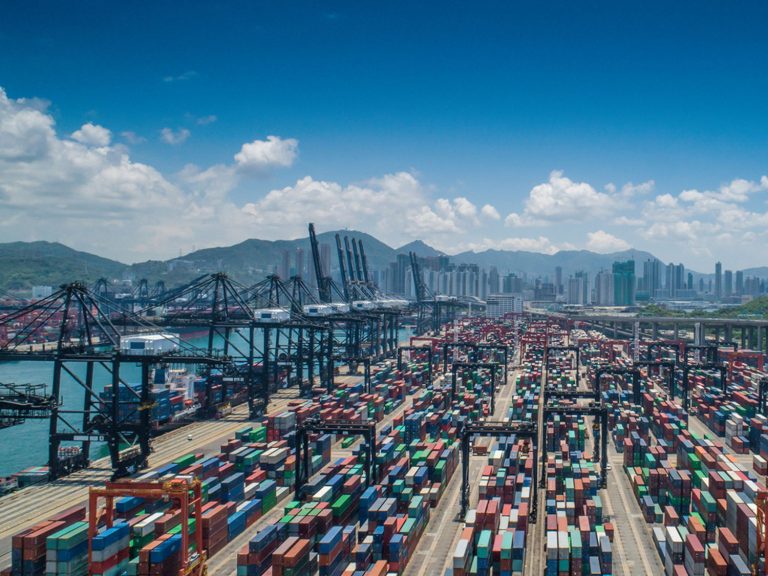
Date:
Coronavirus: The China supply chain latest
The logistics environment in China is complex and evolving, with new, often unexpected challenges, emerging on a daily basis. We continue to explore new opportunities and solutions, like our revamped Sea Air solutions, to protect our customers from negative impacts. This comprehensive summary by modes, has been designed to give the clearest possible insight into the current situation.
With limited available capacity for both ocean and air shipments, forecasting and early booking is recommended wherever possible.Ocean freight – Exports & Imports
- We are being advised of peak season surcharges (PSS) being applied by the major carriers to eastbound ocean freight
- By March, it is expected that some surcharges may be levied without prior notification
- Surcharges currently range from $200 – $350 for 20 TEUs, and $250 – $500 for 40 TEUs
- In addition to PSS, contract tariffs and spot markets are facing increasing volatility, with limited validity and unpredictable rate hikes forecast
- Blank sailings and reduced shipments from Asia have resulted in shortages of containers and reefers which is impacting exporters in the UK, Europe, the US and the Middle East
- It is conceivable that rate changes and PSS may soon be applied to exports; inactive fleets and blanked sailings have reduced available capacity, just as recovering Chinese production drives up demand
- Plug in facilities for reefers in Chinese ports have reached full capacity, resulting in surcharges, re-routing to alternative locations and spoilage of perishable goods
- Adverse weather conditions across Europe in February have impacted schedules for both inbound and outbound sailings, with cut and run measures deployed by some operators to offset delays
Air Freight – Inbound and Outbound
- Passenger and cargo flights remain suspended or greatly restricted, with many airlines extending the flight suspension periods into late March and April
- As Chinese factory output resumes, limited air freight capacity and urgent delivery schedules will drive up both demand and prices
- Airlines are having to reduce overheads and capacity, whilst maintaining the agility to meet any future spike in demand as activities resume
- There are increasing predictions of sharp rate increases and price volatility which are expected to endure for the next 2-4 months
- Airlines will prioritise express air shipments, leading to longer transit times for other air cargo and limited flexibility to accept large volume and palletised freight
- Air cargo customers are being urged to book as far in advance as possible, but advised that both confirmed capacity and rates may be subject to change at short notice
Chinese manufacturing
- Chinese factory output is gradually ramping up, although production levels remain compromised with electronics and automobile manufacturing bearing the brunt
- Estimates vary considerably according to the region and source, but it is expected that production will return to 50%-80% by early March
- Order backlogs are increasing, with availability of manpower, materials and components still heavily disrupted
- Once manufacturing output reaches a critical mass, the surge in air and ocean freight capacity is driving speculation around rates and the robustness of supply chain operators
Coronavirus epidemic and global impacts
- Whilst China reacted swiftly by imposing stringent restrictions on population movements, the ease of global and domestic travel is driving transmission hotspots across the world, including Italy, Japan, South Korea, Iran, Afghanistan
- Concerns are growing that the virus is reaching countries with less robust public health infrastructures and limited resources
- Outside of China, major businesses are looking at implementing unpaid leave and reduced working weeks, suspending or scaling back production and renegotiating financial arrangements to ease liquidity constraints
Please do not hesitate to contact your Metro teams if you have any questions or requirements that we can assist you with.
